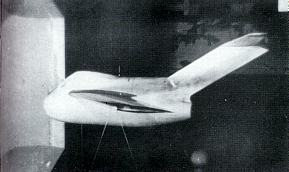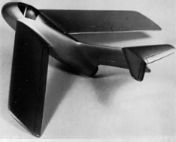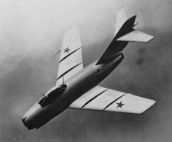Realmente o Guilherme tem razão, dado que a Cruz Gamada/ Suástica é um simbolo antiquissimo da humanidade, e foi "graças" aos Nazis que aduiriu "má fama"...é ainda hoje utilizada por exemplo pelos Budistas, e considerada um simbolo de BOA SORTE (irónico, não é?)
The Oldest Known Symbol
The swastika is an ancient symbol that has been used for over 3,000 years. (That even predates the ancient Egyptian symbol, the Ankh!) Artifacts such as pottery and coins from ancient Troy show that the swastika was a commonly used symbol as far back as 1000 BCE.
During the following thousand years, the image of the swastika was used by many cultures around the world, including in China, Japan, India, and southern Europe. By the Middle Ages, the swastika was a well known, if not commonly used, symbol but was called by many different names:
China - wan
England - fylfot
Germany - Hakenkreuz
Greece - tetraskelion and gammadion
India - swastika
Though it is not known for exactly how long, Native Americans also have long used the symbol of the swastika.
The Original Meaning
The word "swastika" comes from the Sanskrit svastika - "su" meaning "good," "asti" meaning "to be," and "ka" as a suffix.
Until the Nazis used this symbol, the swastika was used by many cultures throughout the past 3,000 years to represent life, sun, power, strength, and good luck.
Even in the early twentieth century, the swastika was still a symbol with positive connotations. For instance, the swastika was a common decoration that often adorned cigarette cases, postcards, coins, and buildings. During World War I, the swastika could even be found on the shoulder patches of the American 45th Division and on the Finnish air force until after World War II.
A Change in Meaning
In the 1800s, countries around Germany were growing much larger, forming empires; yet Germany was not a unified country until 1871. To counter the feeling of vulnerability and the stigma of youth, German nationalists in the mid-nineteenth century began to use the swastika, because it had ancient Aryan/Indian origins, to represent a long Germanic/Aryan history.
By the end of the nineteenth century, the swastika could be found on nationalist German volkisch periodicals and was the official emblem of the German Gymnasts' League.
In the beginning of the twentieth century, the swastika was a common symbol of German nationalism and could be found in a multitude of places such as the emblem for the Wandervogel, a German youth movement; on Joerg Lanz von Liebenfels' antisemitic periodical Ostara; on various Freikorps units; and as an emblem of the Thule Society.
Hitler and the Nazis
In 1920, Adolf Hitler decided that the Nazi Party needed its own insignia and flag. For Hitler, the new flag had to be "a symbol of our own struggle" as well as "highly effective as a poster." (Mein Kampf, pg. 495)
On August 7, 1920, at the Salzburg Congress, this flag became the official emblem of the Nazi Party.
In Mein Kampf, Hitler described the Nazis' new flag: "In red we see the social idea of the movement, in white the nationalistic idea, in the swastika the mission of the struggle for the victory of the Aryan man, and, by the same token, the victory of the idea of creative work, which as such always has been and always will be anti-Semitic." (pg. 496-497)
Because of the Nazis' flag, the swastika soon became a symbol of hate, antisemitism, violence, death, and murder.
What Does the Swastika Mean Now?
There is a great debate as to what the swastika means now. For 3,000 years, the swastika meant life and good luck. But because of the Nazis, it has also taken on a meaning of death and hate.
These conflicting meanings are causing problems in today's society. For Buddhists and Hindus, the swastika is a very religious symbol that is commonly used. Chirag Badlani shares a story about one time when he went to make some photocopies of some Hindu Gods for his temple. While standing in line to pay for the photocopies, some people behind him in line noticed that one of the pictures had a swastika. They called him a Nazi.
Unfortunately, the Nazis were so effective at their use of the swastika emblem, that many do not even know any other meaning for the swastika. Can there be two completely opposite meanings for one symbol?
In ancient times, the direction of the swastika was interchangeable as can be seen on an ancient Chinese silk drawing.
Some cultures in the past had differentiated between the clockwise swastika and the counter-clockwise sauvastika. In these cultures the swastika symbolized health and life while the sauvastika took on a mystical meaning of bad-luck or misfortune.
But since the Nazis use of the swastika, some people are trying to differentiate the two meanings of the swastika by varying its direction - trying to make the clockwise, Nazi version of the swastika mean hate and death while the counter-clockwise version would hold the ancient meaning of the symbol, life and good-luck.








![[011]](./images/smilies/011.gif)

